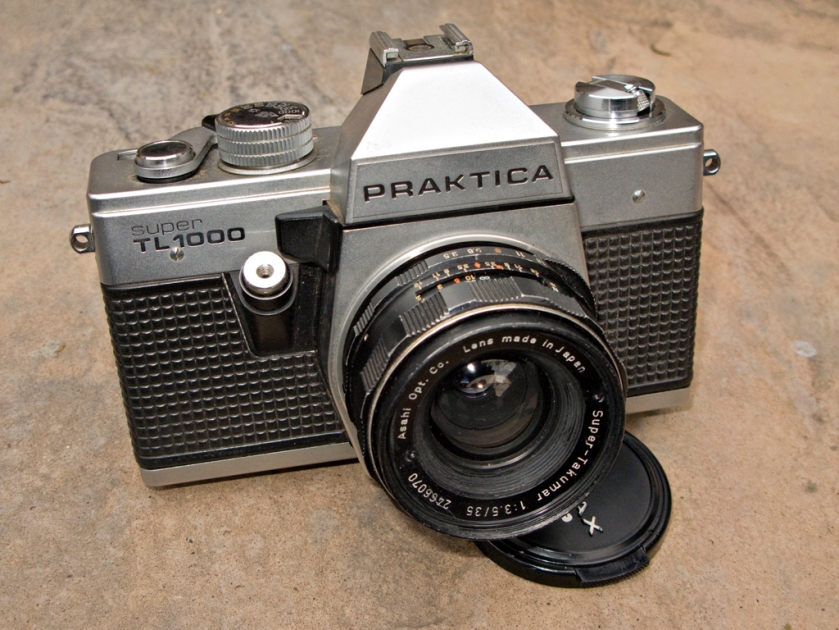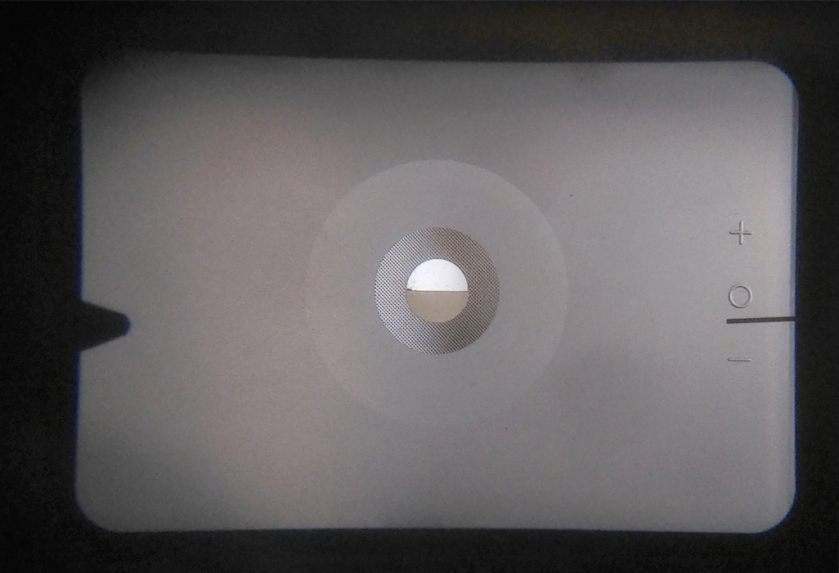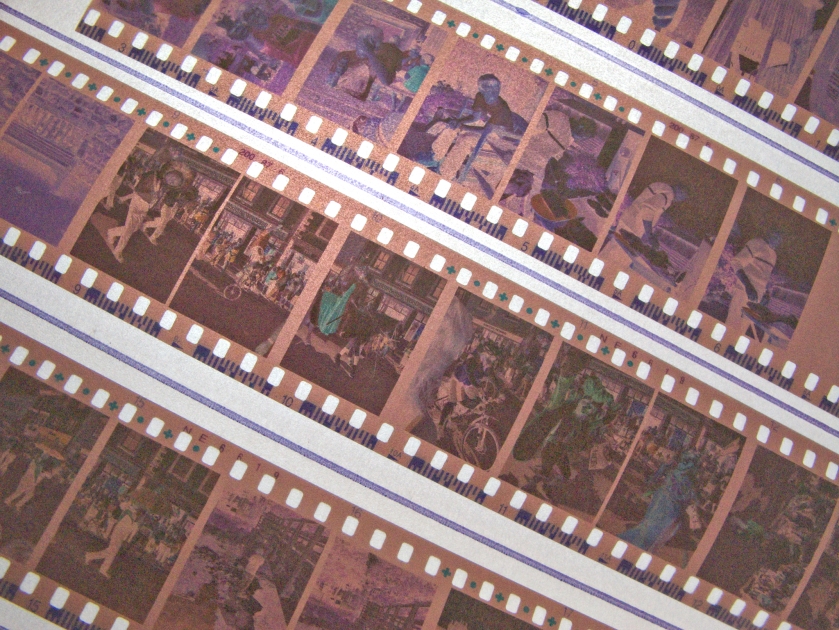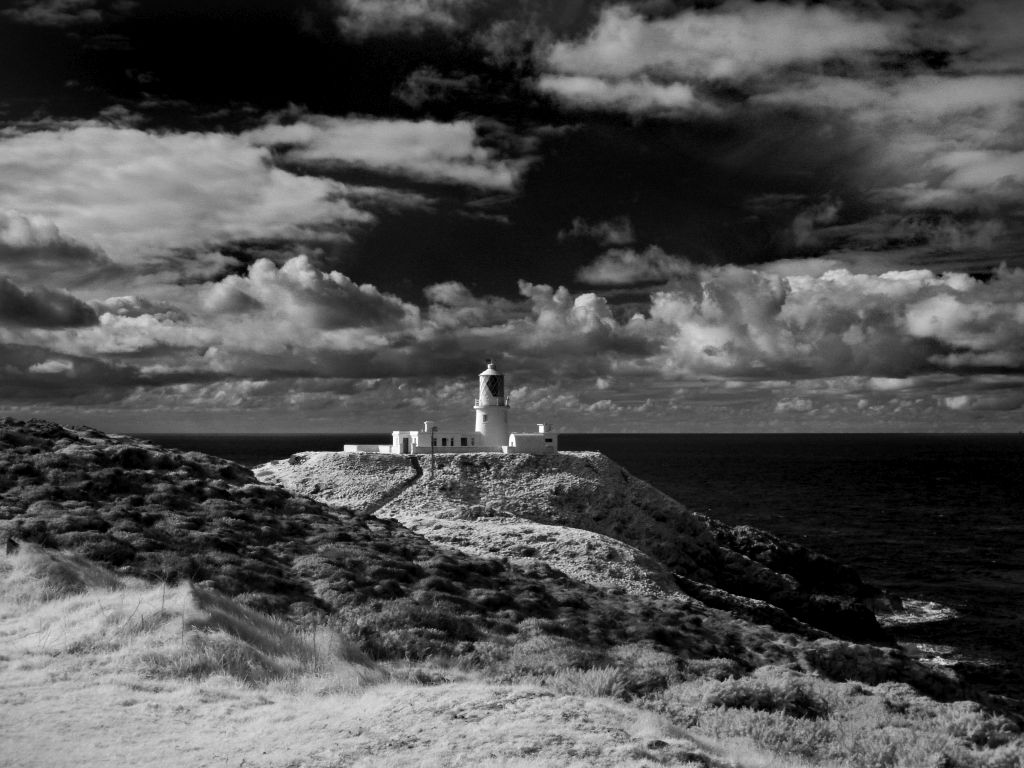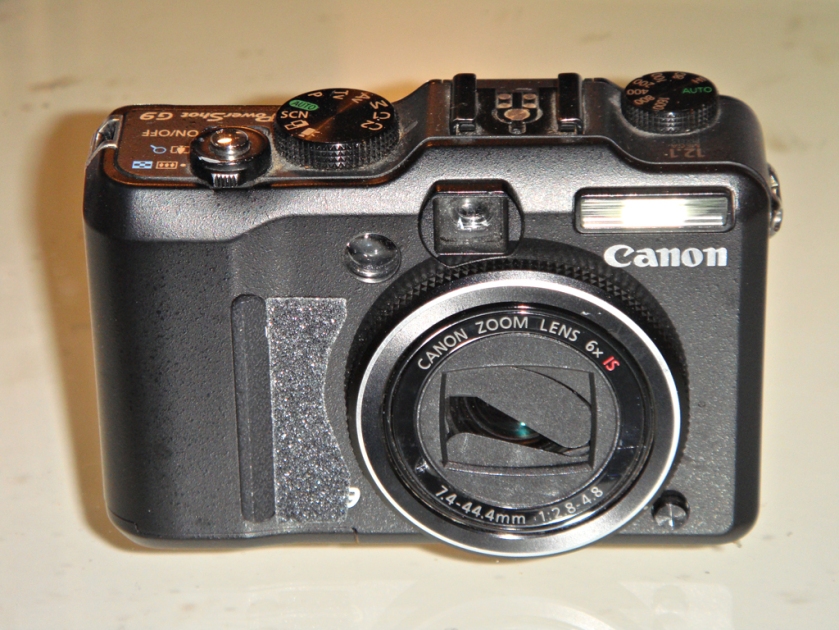This came about because I kept thinking about colour and the use of colour. I was also told by a colleague that I should set-up my camera to use the same colour space as Photoshop and my printer. Not that I print many pictures, as my printer is knackered, but doing this is intended to make sure that the colours in the original photograph don’t change unexpectedly during processing. Specifically, I should be using Adobe RGB rather than sRGB as it’s bigger and allows more colours. Probably good advice, and no harm done in following it.
On the other hand, all the effort I put into my pictures is lost if they are viewed under different lighting. A dull print can sparkle on a computer screen. Colours can merge or change depending on the lighting. If you have ever tried to paint-over old white paint with new under incandescent light, you will see the effect (try it under blue light). For a more dramatic effect, go diving. Water absorbs colours unevenly, so objects seen underwater change apparent colour with depth.
I’m old enough to remember selecting film for its specific colour rendition: some was good for greens, some for reds, some had neutral tones with no bias. But the thinking bit I mentioned was that we don’t all see colours the same way, and we don’t even see the same colours.
Just as an aside, dogs are red/ green colour blind, but they can probably see into the UV spectrum a bit so they will see more shades of blue than we do. I expect that’s why dogs are happy at the beach. Mice can also see just two colours rather than our three. I wonder if that makes ginger cats invisible? The winner is the mantis shrimp though, which can see into the IR and UV ends of our visible spectrum and can also see the polarisation of light. Why the aside? Because there is a small proportion of people, all women, who have four colour sensors in their eyes rather than the usual three. They can possibly see more colours. You could say that they have a bigger colour space. But how would they describe them? I struggle with names like taupe, and that’s a colour I can actually see.

Which brings me to the idea that we may not even describe colours the same way. There has been some research on Basic Colour Terms: the words that a language has to describe basic colours. For example, English has eleven – red, yellow, green, blue, black, white, grey, orange, brown, pink and purple. But speakers of Slavic languages have twelve, as they have separate terms for light blue and dark blue. (Strangely though, we agree that a rainbow comprises seven colours.) There are other languages spoken in Papua New Guinea, Namibia or Angola where there may be only two or three BCTs. The speakers of those languages can discriminate between as many colours as anyone else, but can’t name them. If you read something like Through the Language Glass you’ll find that our language – what we are able to say – is shaped by our culture and thinking. So one outcome is that dogs shouldn’t drive cars, as they wouldn’t understand traffic lights. But seriously, in a language that has very few colour names, the difference between some colours must not be important enough to make the distinction. If a speaker of Berinmo merges green and blue together into the single name of nol, then the difference between green and blue must not be important to them. I suppose the other extreme is the apocryphal tale of how many words the Inuit have for snow.
In everyday life I can feel the effect of lacking words to describe colours. I’ve got the basic eleven down just fine, but then I look at a paint chart and there are colours that are somewhere between green and blue or grey and red. I can see the differences between all the shades, but I have no way of describing them. That may be because it’s never been important to me to be able to do so, so I’ve never learned how to describe colours. And if you think I’m odd, take a look at a Robin (the bird, not the crime-fighting chum) – their chests are orange, not red.
And yet… I think it was Anil Seth who said that limited perception is favoured by evolution. You only need to be able to sense enough to get by, and any finer perception is a waste and a disadvantage. So my eleven basic colours and my limited span of the EM spectrum would make me a poor mantis shrimp but is no disadvantage at all as a human.
I started my photography using black and white film, so I used to carry and use a set of colour filters. Theses changed the tonal relationships between colours, so I could darken skies or lighten grass and trees. I use an equivalent process when I convert a colour image to mono in Photoshop, as it lets me change the tonal values of colours just like the old days with bits of coloured glass over the lens. Digital photography has recreated the controls I used to have from using different film types or from filtering mono film.

So where I’ve got to is that we don’t all see the same colours. We may merge colours together under a single name or split a single colour into two. There are limited ranges of colour that can be printed or displayed and some sets have more colours in than others. If you choose to convert a colour picture to mono, then you can change the way colours are mapped to tones. But there is no guarantee that what you make is what I see.
The one set of colours that every living creature seems to agree on though, is black/ white or light/ dark. This seems to be the first-evolved visual sense and all the colours were added later. So if I continue to shoot a lot of black and white, I can be reassured that even molluscs can see them. So I can share my work and not be shellfish. (Sorry).
I think my conclusion is that I’ll use the biggest available colour space for my camera as it retains as much information as possible. I can always choose to reduce it later, but as a deliberate choice rather than a constraint. I am happy that I can see lots of colours, even though I can’t name most of them. I’d love to be able to see like a mantis shrimp, but I’m happier at my end of the food chain. And dogs shouldn’t drive cars.
PS – there’s a more technical description here and an essay about the Greeks here. Plus there’s some research on what the world looks like in UV.


